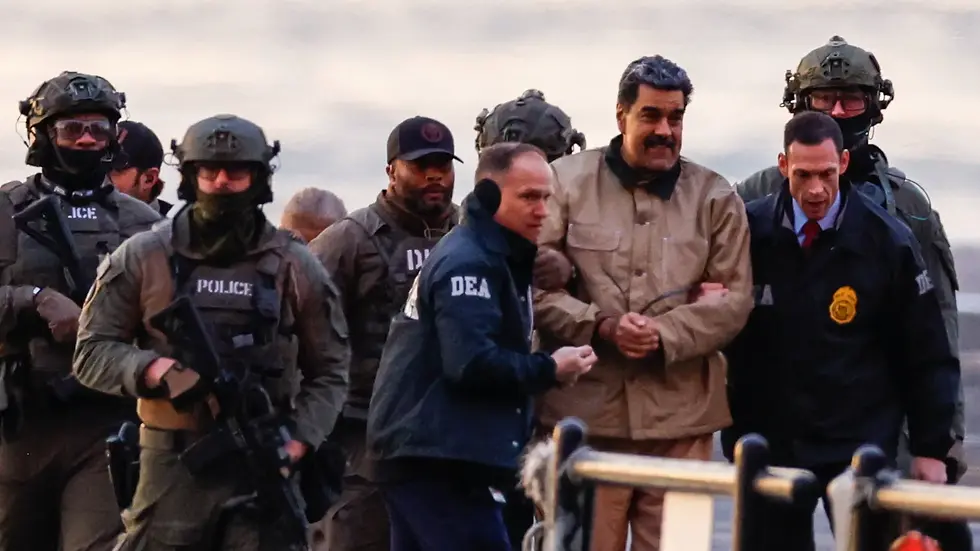Horrific Botched Execution in Oklahoma Shows Death Penalty’s Cruelty
- mcoswalt
- Dec 8, 2021
- 4 min read
Updated: Dec 9, 2021
by Sarah Terzo
—
On October 28th, John Grant, 60, was executed in Oklahoma. Witnesses say the execution was botched, and that Grant suffered convulsions and vomiting before he died.
Reporter Dan Snyder, who witnessed Grant’s death, described his final moments in a piece written for KOKH Fox 25 out of Oklahoma City.
Snyder said that the order of execution was read just after 4 PM. Grant’s microphone was turned off after Grant shouted obscenities. The first drug, Midazolam, was then injected. Midazolam is the first drug of the three-drug cocktail that’s used in executions in Oklahoma. It is supposed to render the person unconscious. The second drug is given to stop the person’s breathing and the third to stop their heart.
Midazolam has been the subject of lawsuits by prison inmates.
According to Snyder:
Almost immediately after the drug was administered, Grant began convulsing, so much so that his entire upper back repeatedly lifted off the gurney.
As the convulsions continued, Grant then began to vomit. Multiple times over the course of the next few minutes medical staff entered the death chamber to wipe away and remove vomit from the still-breathing Grant.
Another source indicated that Grant endured two dozen full body convulsions.
Grant was declared unconscious by medical staff at 4:15 PM. This means his suffering may have lasted as long as almost 15 minutes.
When Grant was pronounced dead, one of the observers began to cry. She was a woman who was attending the execution on Grant’s behalf. Another one of Grant’s friends or family members tried to comfort her.
The execution of John Grant was not Oklahoma’s first botched execution, though. In 2014, another incarcerated person was left “writhing on the gurney” after lethal drugs were injected. A year later, there was another mix-up, with the wrong drugs delivered for execution. This execution was stopped at the last minute.
Since 2015, there hadn’t been any executions in Oklahoma because of these incidents.
Many death penalty opponents expressed concern before Grant’s execution. However, the Department of Corrections assured the public that the execution would run smoothly.
A Department of Corrections statement said, “Extensive validations and redundancies have been implemented since the last execution in order to ensure that the process works as intended.”
And yet, Grant’s execution was horribly botched.
Grant himself appeared to suffer a great deal, and those who loved him and watched his execution were forced to suffer as well. Other loved ones who didn’t attend the execution but read accounts will suffer as well. His loved ones now must live with the knowledge that he died painfully and traumatically. Such knowledge, one can imagine, may only add to their grief.
Some people seem to see incarcerated persons, especially persons on death row, as unworthy of being loved and valued. Many anti-death penalty activists have run into this attitude when arguing against capital punishment or for mercy for individual prisoners. I have encountered many who speak of death row inmates in dehumanizing terms and argue for their executions. And indeed, most inmates (though not all) have committed brutal crimes. But they are still human.
Despite these negative attitudes from some members of the public, those on death row have families and loved ones. Like the woman who cried after Grant’s execution, these loved ones are traumatized by their loss in the same way anyone else would be.
Grant’s crime was indeed horrific. He was convicted of fatally stabbing prison guard Gay Carter 16 times in 1998. At the time, Grant was serving sentences for robbery and illegal firearm possession.
However, he had repented. According to his attorney, Sarah Jernigan:
John Grant took full responsibility for the murder of Gay Carter, and he spent his years on death row trying to understand and atone for his actions more than any other client I have worked with.
Grant was abandoned at a young age. He was left alone to provide for himself and his siblings.
He was first incarcerated before he turned 13. According to Jernigan:
When John stole to feed and clothe himself and his siblings, Oklahoma labeled him a delinquent instead of a desperate and traumatized child left to fend for himself. John wasn’t even a teenager yet when Oklahoma sent him to the first of several state-run youth detention facilities.
When the young Grant was released from custody, he was “dumped onto the streets” with no skills or education to rely on in order to make a living. He was deeply troubled, not just by his childhood, but by being both a victim and a witness to rapes, brutal beatings, long stays in solitary confinement, and other abuses.
Convicted of robbery at 17, he was sent to an adult prison. According to Jernigan, the young Grant suffered more trauma and abuse in the prison. The abuse he suffered was documented in a class action lawsuit.
Jernigan also says Grant was given “incompetent lawyers” after the murder who were unqualified to work on a capital murder case.
None of this mattered to those who killed Grant.
Grant had received a stay of execution, but it was overturned by the US Supreme Court. The court never commented on the case or attempted to justify its decision.
What purpose did Grant’s execution serve other than revenge for a crime he deeply regretted?
Forty-four incarcerated people are currently awaiting execution in Oklahoma. They are human beings with intrinsic worth who shouldn’t be forced to experience a violent death — especially a death as brutal as the one suffered by John Grant.



Comments